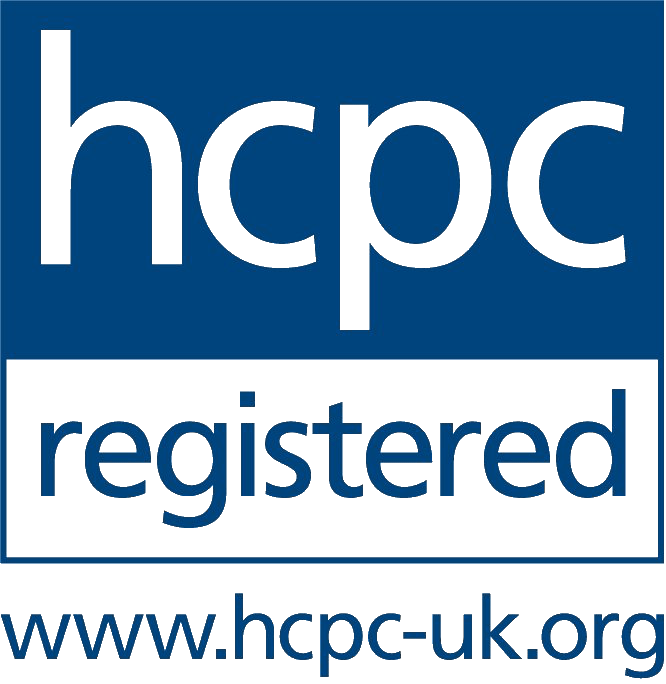Medial / Lateral Collateral Ligament Injury
The medial collateral ligament (MCL) and lateral collateral ligament (LCL) support in the inside and the outside of the knee respectively, and are only two of the many ligaments in and around the knee to provide stability.
These types of ligamentous injures commonly occur during sporting activities where a sudden change in direction where the foot is planted on the floor creates a twisting motion of the tibia (shin bone) in relation to the femur (thigh bone) or where a sudden force is applied to either the inside or outside of the leg which is planted on the floor such as a tackle. This creates what is known as a varus or valgus stress on the knee which, if is in excess of what the tissues can handle, will likely fail.
MCL injury is more common than ACL due to the slight difference in anatomy. The MCL attaches to the medial menisci and sometimes there is injury to both. Occasionally during an ACL rupture it is not uncommon for there to also be an MCL and medial meniscus injury, otherwise known as the ‘Unhappy Triad’
Symptoms
Ligamentous injuries are graded from 1 to 3, with the latter resulting in a complete tear of the fibres. With the smaller graded tears there is localised tenderness on palpation around the top and / or lower part of the knee joint without any swelling or laxity. In a grade 3 tear, there may be swelling and localised tenderness over the site of the ligament with laxity evident with both the knee bent and in extension. Patients may also report a feeling of instability.
Diagnosis
A detailed subjective history in an attempt to understand the mechanism of your injury will provide a significant clue for a potential MCL/LCL injury.
During a physical examination. other potential diagnoses are excluded. A force is then applied in the direction of force described in the mechanism of injury with the knee bent initially to assess the integrity of the ligament. The knee may also be tested fully extended to assess severity. Also on palpation there is a localised tenderness and there may be some heat / swelling changes around that area.
What can physiotherapists do to help?
While you may assume that a complete tear may require surgical intervention, there is more and more evidence appearing that highlights that there is no difference in outcomes when a patient is rehabbed non-surgically, and therefore a comprehensive rehabilitation programme is recommended initially.
Physiotherapy can:
• Provide education and advice about your injury
• Symptom relief initially
• Range of motion exercises
• A graded exercise programme
• Manual therapy
• Proprioceptive retraining
• Taping and / or discussion around suitable braces
• Return to sport advice and training programme












